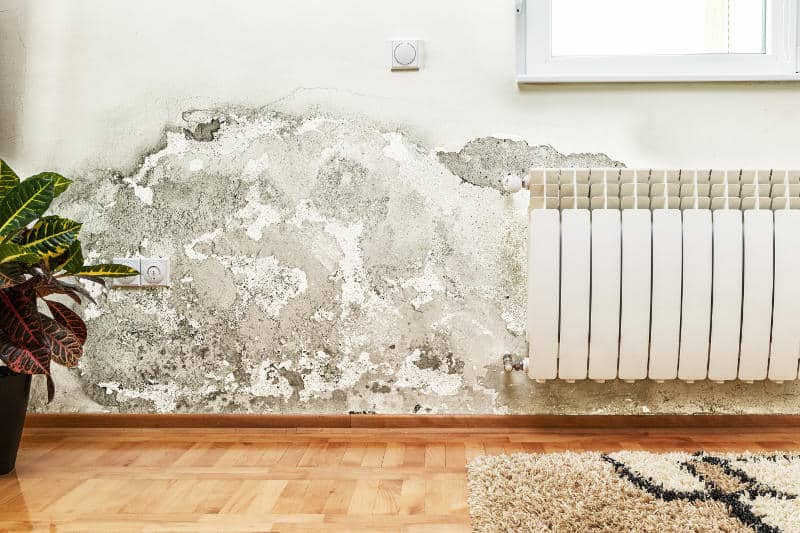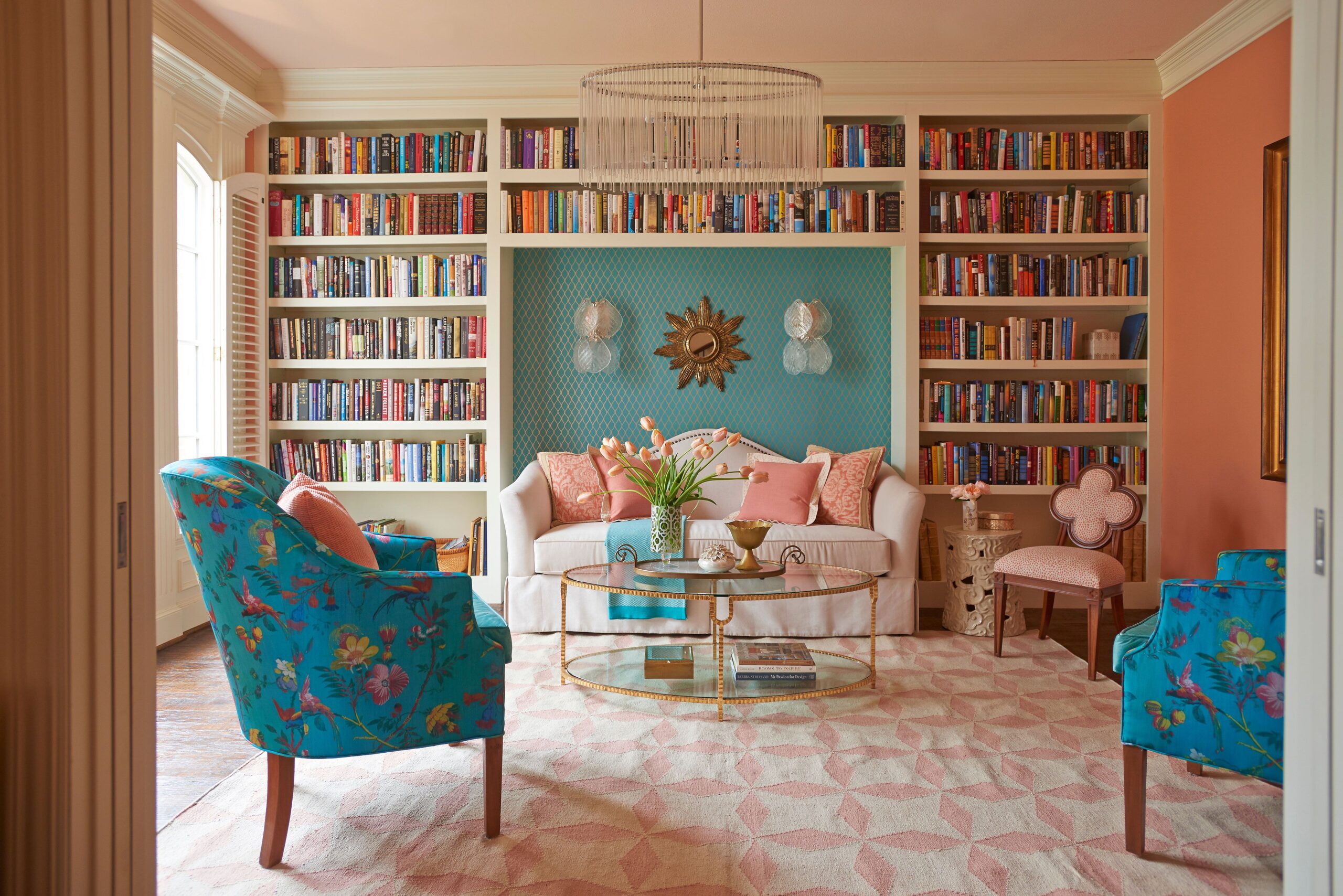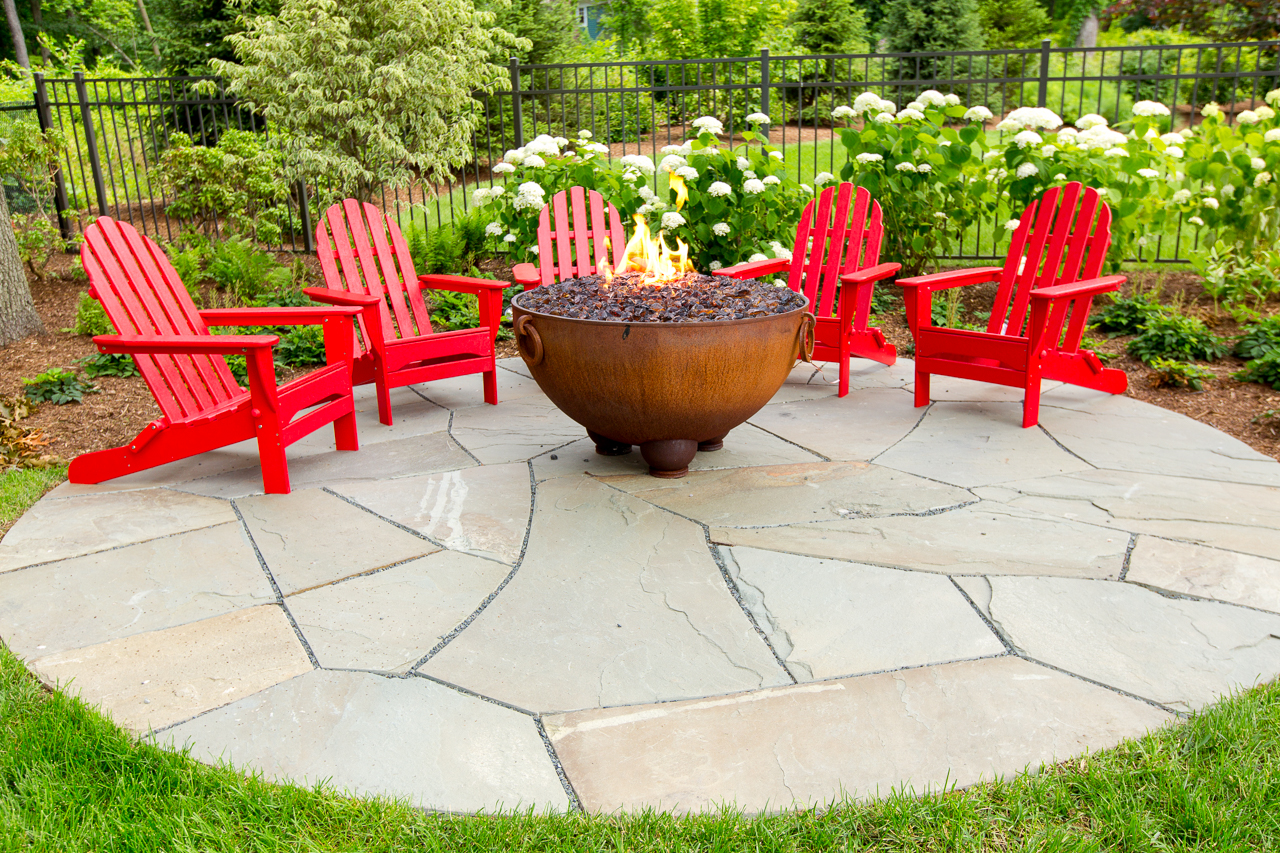A truly healthy home goes beyond what meets the eye. It’s not just about having gleaming countertops and fresh-smelling floors – it’s about reducing hidden dust, bacteria, and allergens that quietly affect your family’s well-being. According to a professional maid service in Binghamton, NY, creating a healthier home begins with smart cleaning strategies that target both cleanliness and indoor air quality. With thoughtful routines and a few expert tricks, you can make your home a space that feels – and actually is – cleaner, fresher, and healthier year-round.
Start with a Smarter Cleaning Routine
When it comes to maintaining a healthy home, consistency matters more than intensity. A smart cleaning routine is about preventing buildup before it starts and focusing on areas that impact health the most – like the kitchen, bathroom, and bedroom.
1. Daily Touch-Ups That Matter
You don’t need to deep clean every day to stay on top of things. Instead, try these quick, daily habits:
- Wipe down kitchen surfaces after preparing meals to remove bacteria and crumbs that attract pests.
- Make the bed each morning – it instantly makes your room feel organized and discourages dust buildup.
- Do a 10-minute evening reset. Walk through the main living areas, put away items, and give surfaces a quick wipe.
Small, consistent actions keep your home fresh without letting clutter or grime take hold.
2. Weekly Focus Areas
Weekly tasks keep the invisible mess under control:
- Disinfect doorknobs, remote controls, and light switches.
- Wash bedding and towels in hot water to kill dust mites and bacteria.
- Vacuum carpets and mop floors to remove allergens.
Think of it as maintenance cleaning rather than crisis cleaning – you’re staying ahead of the mess instead of reacting to it.
Rethink the Way You Use Cleaning Products
A cleaner home shouldn’t come at the cost of your health. Many store-bought cleaners contain harsh chemicals that can trigger allergies, asthma, and headaches.
Choose Safer, Simpler Solutions
Whenever possible, opt for non-toxic or natural cleaning products. White vinegar, baking soda, and lemon juice can handle most cleaning tasks effectively and safely.
- Vinegar: Great for glass, counters, and bathrooms.
- Baking Soda: Perfect for scrubbing sinks and removing odors.
- Lemon Juice: Naturally disinfects and leaves a fresh scent.
These ingredients are gentle on your lungs and safe for kids and pets – without sacrificing cleanliness.
Avoid Over-Sanitizing
While disinfecting is important, overuse of antibacterial sprays can reduce healthy bacteria that actually help your immune system. Focus on targeted disinfection (like kitchen counters and bathrooms), and rely on soap and water for everyday cleaning.
Pay Attention to Air Quality
Clean surfaces mean little if your indoor air is filled with dust, pet dander, and invisible pollutants. Healthy cleaning means tackling what you can’t see.
Dust the Right Way
Always dust from top to bottom so particles fall to the floor where you can vacuum them up. Use microfiber cloths—they grab dust rather than spread it around.
Use HEPA Filters and Purifiers
A vacuum with a HEPA filter captures tiny particles that ordinary vacuums miss. Air purifiers can also reduce allergens, especially in bedrooms and living rooms where dust tends to accumulate.
Let Fresh Air In
Open windows regularly to circulate fresh air and reduce indoor toxins. Even 10 minutes a day makes a difference.
Don’t Overlook the Floors
Floors are one of the biggest collectors of dust, bacteria, and allergens – especially if you have pets or kids. Keeping them clean improves both air quality and overall hygiene.
Vacuum Smarter, Not Harder
Vacuum slowly to give your machine time to lift embedded dirt. Focus on high-traffic areas and under furniture where debris hides.
Mop with Mild Solutions
Skip strong-smelling floor cleaners and go for mild solutions that don’t leave behind chemical residues. Microfiber mop heads are ideal – they lift dirt while using less water.
The Carpet Cleaning Advantage
Even with regular vacuuming, carpets hold more than just dirt – they trap allergens, dust mites, and microscopic debris that affect air quality. This is where professional carpet cleaning experts come in, tackling dirt that vacuums miss and restoring freshness to your floors.
Steam cleaning, in particular, penetrates deep into carpet fibers, loosening grime that can’t be removed through surface cleaning. Regular professional cleanings (once or twice a year) not only make carpets look new but also extend their life and create a healthier indoor environment.
Focus on the Forgotten Spaces
It’s easy to clean what’s visible, but the hidden areas often make the biggest impact on your home’s health.
1. Behind and Under Furniture
Move couches, beds, and appliances a few times a year to vacuum dust, pet hair, and crumbs. These neglected spots often harbor allergens.
2. Inside Appliances
Refrigerators, microwaves, and dishwashers accumulate grime that can affect performance and hygiene. Wipe them down monthly using mild cleaners.
3. Vents and Filters
Dirty HVAC filters circulate dust back into your home. Replace them every 2–3 months to keep your system running efficiently and your air clean.
Go Beyond Cleaning: Create Healthy Habits
A healthy home isn’t built in a weekend – it’s the result of mindful, ongoing habits that support your well-being.
Declutter Regularly
Fewer items mean fewer surfaces for dust to settle on. Plus, clutter-free spaces promote relaxation and mental clarity.
Wash Hands, Not Just Surfaces
Encourage frequent handwashing, especially after returning home or handling pets. It’s one of the simplest ways to maintain a healthier household.
Keep Moisture in Check
Use dehumidifiers in damp areas like basements or bathrooms to prevent mold growth. Proper ventilation is your first defense against humidity-related issues.
Invest in Preventive Cleaning
Preventive cleaning is about staying ahead of potential problems. Rather than reacting to stains, spills, or buildup, you clean proactively – before messes have a chance to form.
- Use mats at every entrance to trap dirt.
- Wipe surfaces immediately after spills.
- Organize storage areas so items don’t collect dust in forgotten corners.
This approach keeps your home looking and feeling fresh while minimizing the effort required over time.
Final Thoughts: A Home That Feels Good to Live In
Smart cleaning isn’t about perfection – it’s about creating an environment that supports your health, comfort, and peace of mind. By choosing safer products, keeping routines manageable, and focusing on often-overlooked details, you’ll not only have a cleaner home but also a healthier one.
With these strategies, you’ll spend less time fighting messes and more time enjoying a home that feels fresh, breathable, and truly revitalizing.





